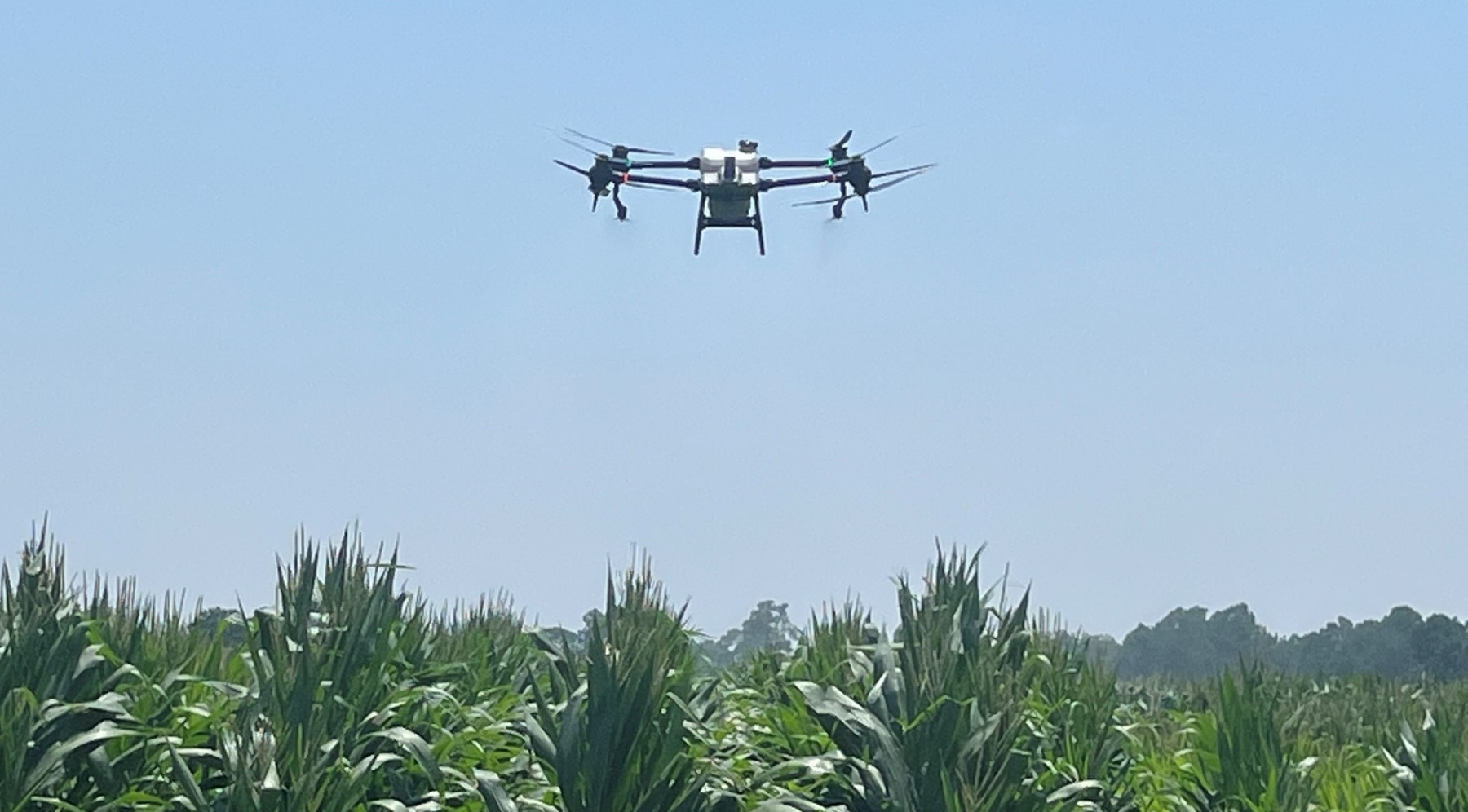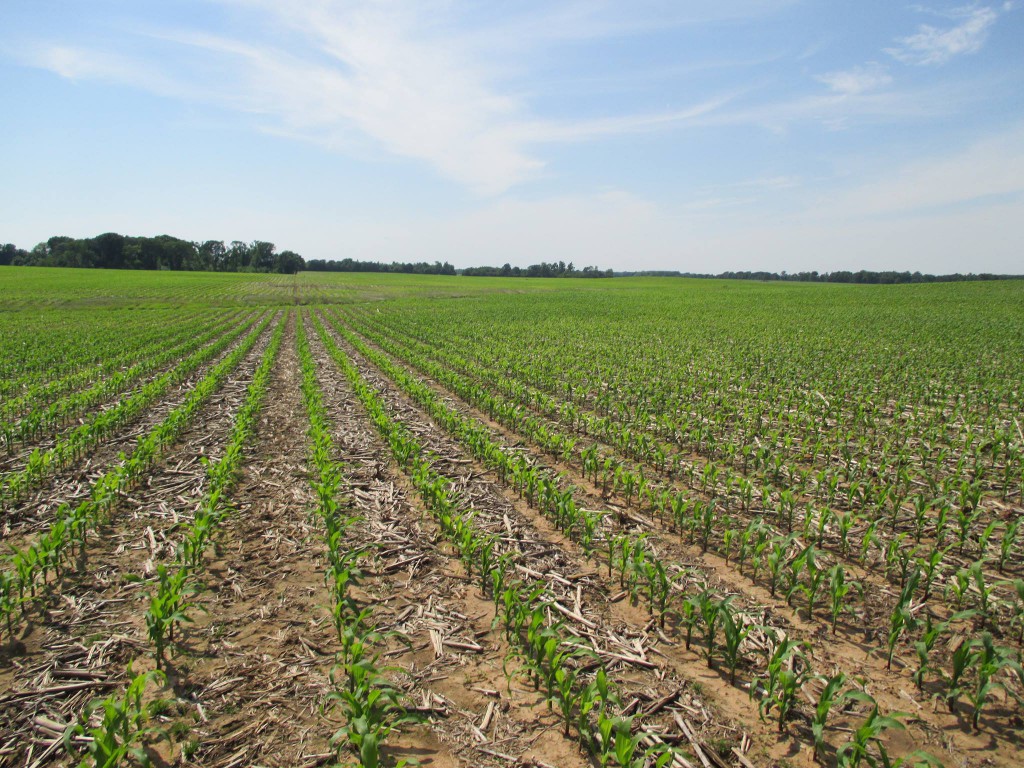Recent Posts
-

Below are some useful formulas to determine seeding rate, seed spacing, number of seeds per foot or assess emerged plant population based on stand counts in certain length of the row. Alternatively, the tables provided below can be used to determine seeding rate based on seed spacing or assess plant population based on number of…
Posted in: Planting -

It’s not hard to miss large fertilizer spreaders on the roads or in the fields at this time of the year which means the current crop season is officially here, and that the lime and fertilizer applications will be in full swing from now until planting. These large self-propelled spinner-spreaders have become more common over…
-

Losses during peanut harvest are common and can be caused by improper setup, operation and/or performance of the harvest equipment. Some losses can also be attributed to the field and crop conditions at harvest. Excessive losses can significantly reduce peanut yields and profits if not managed or reduced during harvest. While harvest losses cannot be…
-

With increased availability and interest in spray drones recently, we are starting to see more people getting into the spray drone application business as well as growers who are interested to learn more about the technology and its application capabilities. The wet weather during months of May and June across much of the southeastern US…
-

Liquid applicators are commonly used to apply different fertilizer solutions and similar to the sprayers, they need to be calibrated properly to apply the desired application rate in gallons per acre (GPA). While the calibration process for liquid fertilizer applicators is similar to the sprayers, the actual rate for the fertilizer can vary greatly from…
Posted in: Machinery Systems -

Broadcast spinner spreaders are one of the most common and widely used application equipment for lime and granular fertilizer. The importance of proper spreader calibration for accurate fertilizer applications has been emphasized many times and it is always good to see growers putting the time and effort into performing a calibration on their spreaders. However,…
-

With corn planting underway in some parts of the state, the 2023 planting season is officially here and will be in full swing over the new few weeks. That also means if you have not already, this is the perfect time to perform a thorough inspection and get that planter ready for the field. During…
Posted in: Machinery Systems -

Soil pH variability in agricultural fields is common and needs to be addressed properly to avoid any consequences of low or high soil pH issues later in the growing season. One of the basic precision agriculture practices to address this variability is variable-rate (VR) lime applications. Precision soil sampling – grid or zone – is…
Posted in: Variable-Rate Technology -

Variable-rate application of lime and fertilizer is a common practice to address soil nutrient variability within the agricultural fields. When it comes to precision soil sampling to determine site-specific nutrient requirements, grid sampling still remains one of the most widely used methods due to its ease of implementation and not requiring any additional data layers.…
-

With cotton harvest approaching, growers need to start performing necessary maintenance and adjustments to get the cotton pickers ready. One of the most often overlooked areas during this preparation is harvest technology i.e. the yield monitoring components. As cotton yield data is increasingly being used by crop consultants and growers in making crop management decisions,…
